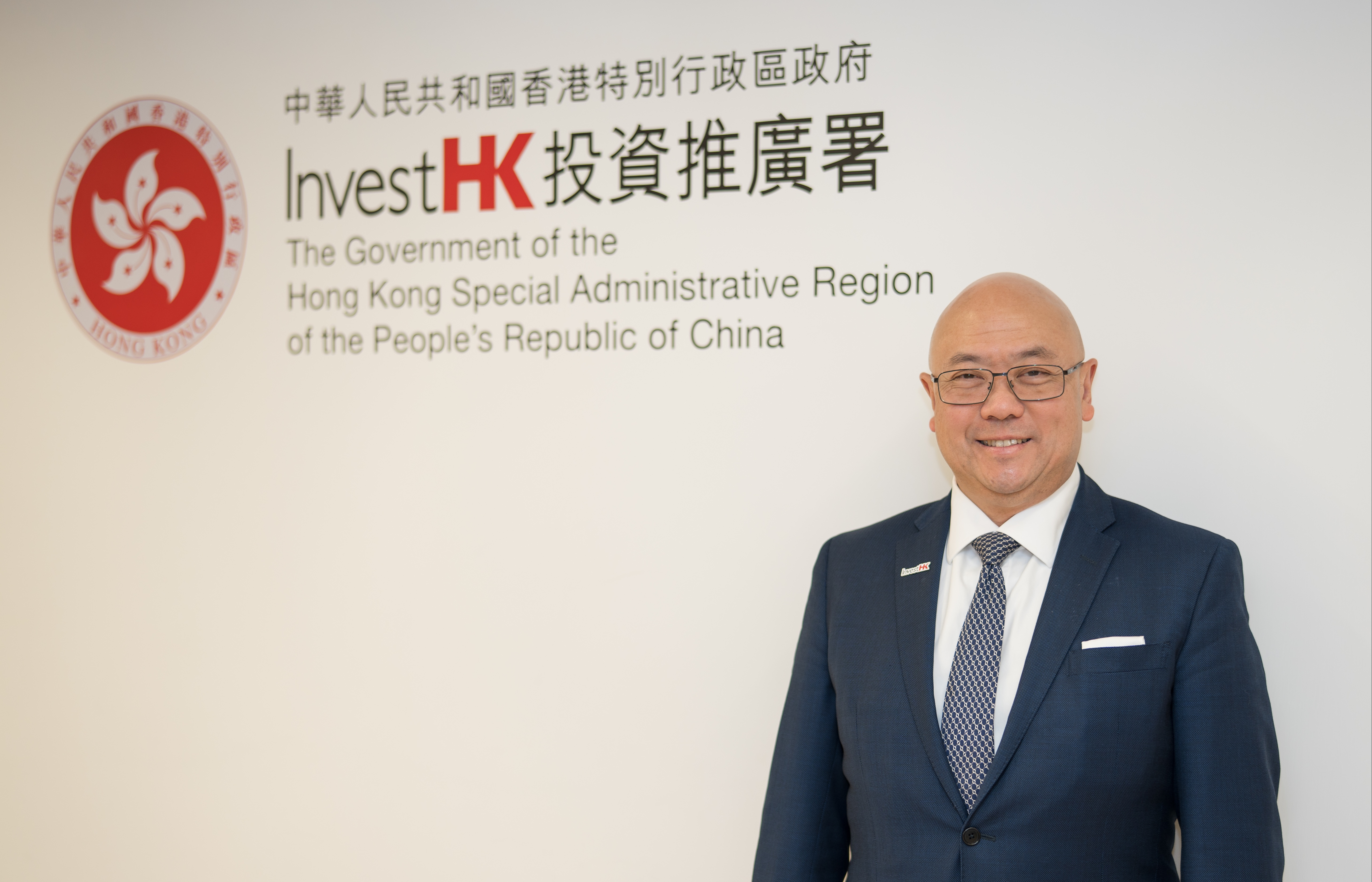Locals talk up future

Increasing numbers of Vietnamese are dialing into the smartphone revolution
Photo: Le Toan Many local manufacturers jumped into making handsets but most earned meager revenue figures. The number of Vietnamese brand handsets remains only a handful at present, with the most popular brands being FPT, Q-Mobile and Mobistar.
Q-Mobile has captured articular attention from consumers. The brand first appeared in May 2008 by An Binh Telecom Company Limited (ABTEL) and is now ranked third in Vietnam’s smartphone market in sale volumes.
According to Q-Mobile chief executive officer (CEO) Nguyen Quang Minh, Vietnam’s smart-phone market is currently vibrant across all market segments, entailing big challenges to the firm.
“But competition is inevitable in the marketplace. With proper strategy, we are confident to compete head-on with other firms on an equal footing,” Minh said.
“Nokia and Samsung have their ‘magic’ products. So do we. Consumers will see our ‘magic’ product roll-out in a not distant future,” Minh added, asserting that high-end market segment was one of the company’s top targets in the upcoming period albeit this segment is now dominated by high-profile foreign players.
Meanwhile, FPT Technology Products deputy general director Le Hoang Hai pointed to core advantages in FPT smartphone lines, particularly in Vietnam smartphones’ first quad core chipset launched by FPT in the recent past.
“Our advantages lie in competitive pricing (averaging VND4.45 million or $210), strong configuration and possession of quad core chipset Qualcomm Snapdragon MSM8225Q, enabling users to experience diversified entertainment applications in parallel to slim design,” said Hai, confirming that FPT IV was a competitive item in medium-range smart-phone segment.
Telecom giant FPT reportedly contemplates the creation of one smartphone line each month and constantly improving its smartphone line designs and configurations striving for customer satisfaction.
“Promoting products with price in the range of VND2-5 million ($96-$240) is also one our focuses,” Hai noted.
Nguyen Van Dao, deputy general director at Samsung Vina, said that to remain competitive, Vietnamese firms needed to target medium- and low-end segments suitable to the budget of pupils and students.
“In doing so, their smartphones only need some basic functions and applications to slash costs,” Dao said. Vietnam recorded the sharpest growth of 266 per cent in smartphone and tablet usage in Asia in 2012, according to a Flurry Analytics survey. Flurry Analytics is launched by US-based IT research firm Flurry.
What the stars mean:
★ Poor ★ ★ Promising ★★★ Good ★★★★ Very good ★★★★★ Exceptional
Latest News
More News
- Sabeco unveils 2025 growth strategy (April 07, 2025 | 10:10)
- Vietnam voices concern over new US textile tariff (April 07, 2025 | 10:06)
- Tax roadmap adjustment urged to protect investment confidence (April 07, 2025 | 10:03)
- European firms confident in Vietnam’s ability to navigate global trade tensions (April 06, 2025 | 11:00)
- Strategies for Vietnam to mitigate the impact of US tariffs on key export sectors (April 06, 2025 | 09:00)
- Vietnam sets up task force to cope with US economic, trade policy shifts (April 05, 2025 | 20:08)
- Vietnamese and US goods not compete but complement each other (April 05, 2025 | 20:00)
- Vietnam seeks US' delayed imposition of new tariffs for negotiations: Deputy PM (April 05, 2025 | 19:59)
- Health Ministry, Sanofi strengthen cooperation in pharmaceutical industry development (April 05, 2025 | 16:50)
- Dusit International Expands in India, Tapping Luxury Growth in Tier 2 & 3 Cities (April 05, 2025 | 08:27)


















 Mobile Version
Mobile Version